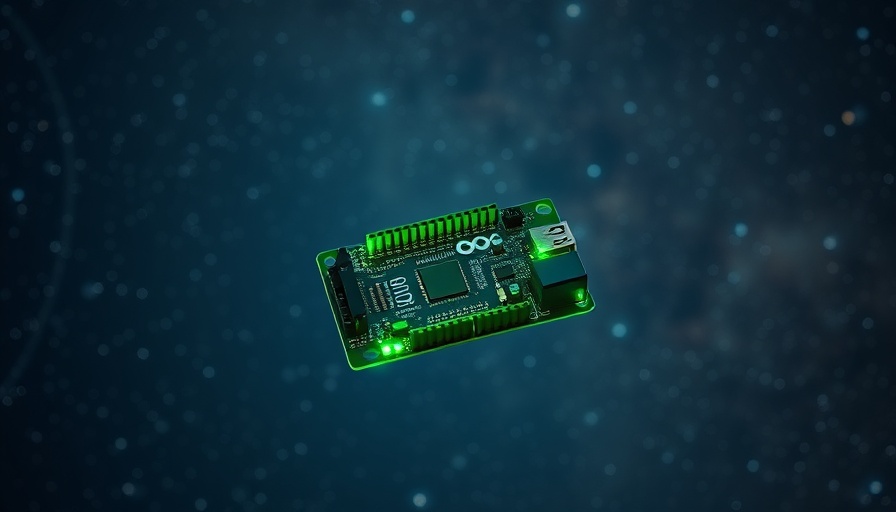
Revolutionizing Arduino Development with Claude AI
In a groundbreaking demonstration, Limor ‘Ladyada’ Fried showcased how Claude, a powerful AI model developed by Anthropic, fully automates the Arduino development process. This remarkable capability represents a significant leap forward in the intersection of artificial intelligence and hardware programming.
Empowering Creativity: How Claude Transforms Development
The demonstration begins with a simple command: “Make an LED connected to pin 13 blink.” In moments, Claude processes the request, generating the necessary Arduino code in real-time. As Fried explains, “It’s writing Arduino code; you can see it’s including Arduino.h, it’s got the setup function, it’s got the loop function.” Within seconds, the AI automates not just code creation, but also compiles and uploads it to the Arduino board, resulting in the LED blinking perfectly as requested.
The Future of Hardware Development
This innovative approach not only streamlines the coding process but also reduces the time and effort required in hardware development. By automating encoding and implementation, Claude lowers the barriers for newcomers venturing into electronics and empowers seasoned engineers to focus more on creative design challenges rather than repetitive coding tasks.
From Simple to Complex: Scalable Applications
Building on this success, Fried challenges Claude with a more sophisticated command: “Make a NeoPixel rainbow.” Once again, Claude delivers, generating intricate code to create a vibrant rainbow effect on the NeoPixel. The rapid execution from idea to working hardware reinforces the potential of AI to enhance both creativity and technical proficiency in development environments.
The Role of AI in Reducing Development Time
The integration of AI models like Claude drastically changes how developers approach projects. As Fried notes, this is “kind of wild,” signaling a shift towards more efficient workflows. As AI technology matures, we can expect to see more advanced applications, further blurring the lines between software and hardware development.
Insights from Industry Leaders: A Broader Perspective
The advancements in AI-powered tools like Claude are not just noteworthy; they're indicative of a broader trend in the tech industry. As highlighted by other experts, the evolution reflects a significant milestone towards achieving full automation in coding and hardware development processes. Such tools are already being utilized by companies to automate parts of the coding cycle and streamline debugging processes, allowing engineers to accelerate prototyping efforts.
Embracing Automation: Potential Challenges Ahead
Despite the enthusiasm surrounding AI integration into hardware development, it is essential to acknowledge the hurdles that remain. While Claude is adept at automating tedious tasks, ensuring accuracy in high-level driver development is still a challenge, signifying that human oversight remains crucial in complex scenarios.
Conclusion: Embracing the Future of Innovation
As we stand on the brink of a new era in hardware development, the capabilities demonstrated by Claude serve as a crucial step forward. The implications for both novice and expert developers are profound, exposing opportunities for creative and innovative project development. Embracing these AI tools not only accelerates design processes but also fosters an environment ripe for discovery and experimentation in technology.
Ready to explore how AI like Claude can transform your own projects? Stay tuned for more insights and developments in this exciting space as we continue to witness the intersection of artificial intelligence and hardware revolutionize the tech landscape.
 Add Row
Add Row  Add
Add 




 Add Row
Add Row  Add
Add 

Write A Comment